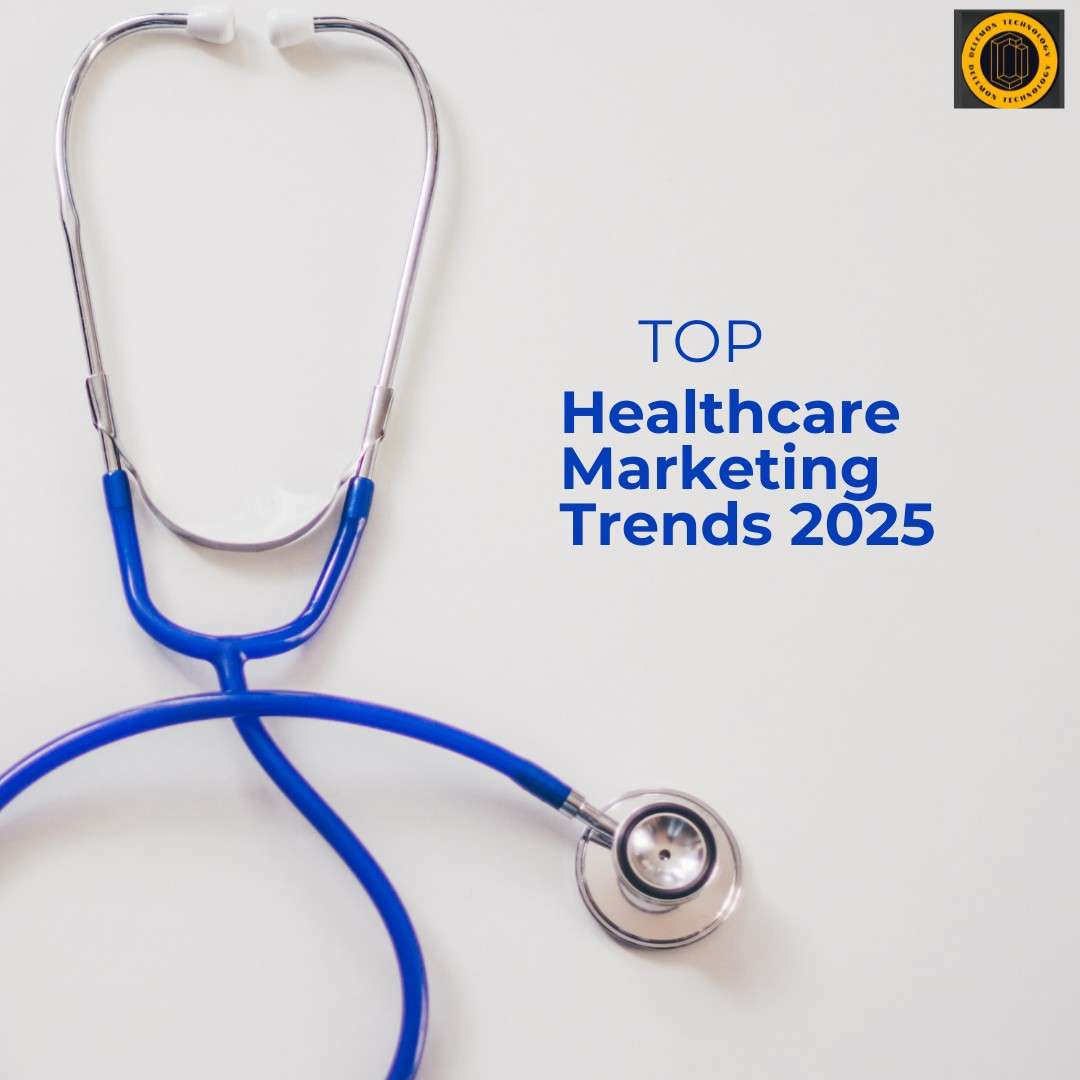PUBLISHED ON: April 21, 2025

Let's Talk
Strategies to Enhance Patient Engagement and Digital Presence
The healthcare industry is undergoing a significant transformation, driven by technological advancements and evolving patient expectations. As we move into 2025, healthcare providers must adapt their marketing strategies to remain competitive and meet the needs of a more informed and digitally connected patient base. This article outlines the key healthcare marketing trends that are shaping the future of patient engagement and digital outreach.1. AI-Driven Personalization
Artificial Intelligence (AI) is revolutionizing healthcare marketing by enabling personalized patient experiences. Through AI, healthcare providers can analyze patient data to deliver tailored content, recommendations, and services. This level of personalization enhances patient satisfaction and fosters loyalty. For instance, AI can help in segmenting audiences based on health conditions, allowing for targeted communication that resonates with individual patient needs.2. Omnichannel Communication
Patients today interact with healthcare providers across multiple channels, including websites, social media, email, and mobile apps. An omnichannel approach ensures a consistent and seamless experience across all touchpoints. By integrating these channels, healthcare organizations can provide timely and relevant information, improving patient engagement and satisfaction. This strategy also facilitates better tracking of patient interactions, enabling more effective follow-ups and care coordination.3. Enhanced Data Privacy and Security
With the increasing digitization of healthcare services, protecting patient data has become paramount. Healthcare marketers must prioritize data privacy and comply with regulations such as HIPAA. Implementing robust security measures not only safeguards sensitive information but also builds trust with patients. Transparent communication about data usage and privacy policies further reinforces this trust, encouraging patients to engage more openly with digital platforms.4. Content Marketing and Patient Education
Educational content is a powerful tool for engaging patients and establishing authority in the healthcare space. By providing valuable information through blogs, videos, webinars, and infographics, healthcare providers can empower patients to make informed decisions about their health. This approach not only improves patient outcomes but also enhances the organization's reputation as a reliable source of medical information.5. Telehealth Integration
The adoption of telehealth services has accelerated, offering patients convenient access to healthcare. Marketing strategies should highlight the availability and benefits of telehealth, addressing common concerns and showcasing success stories. By promoting telehealth options, healthcare providers can reach a broader audience, including those in remote or underserved areas, and demonstrate their commitment to accessible care.6. Influencer Partnerships in Healthcare
Collaborating with healthcare influencers can amplify marketing efforts and reach targeted demographics effectively. Influencers, such as medical professionals or patient advocates, can share authentic experiences and insights, fostering trust and credibility. These partnerships can be particularly impactful on platforms like Instagram and TikTok, where visual content and personal stories resonate with audiences.7. Local SEO and Online Reputation Management
Optimizing for local search is crucial for healthcare providers aiming to attract patients in specific geographic areas. Implementing local SEO strategies, such as claiming and updating Google My Business listings, ensures visibility in local search results. Additionally, managing online reviews and responding to patient feedback promptly can enhance the organization's reputation and influence potential patients' decisions.8. Interactive and Visual Content
Interactive content, including quizzes, assessments, and virtual tours, engages patients more effectively than static content. Visual elements like videos and infographics can simplify complex medical information, making it more accessible and understandable. Incorporating these content types into marketing strategies can increase engagement rates and encourage patients to take proactive steps in their healthcare journey.Conclusion
As the healthcare landscape continues to evolve, embracing these marketing trends is essential for providers aiming to enhance patient engagement and digital presence. By leveraging AI-driven personalization, maintaining robust data privacy, and utilizing diverse content strategies, healthcare organizations can meet the changing needs of patients and thrive in a competitive environment.References
No references available for this blog.




